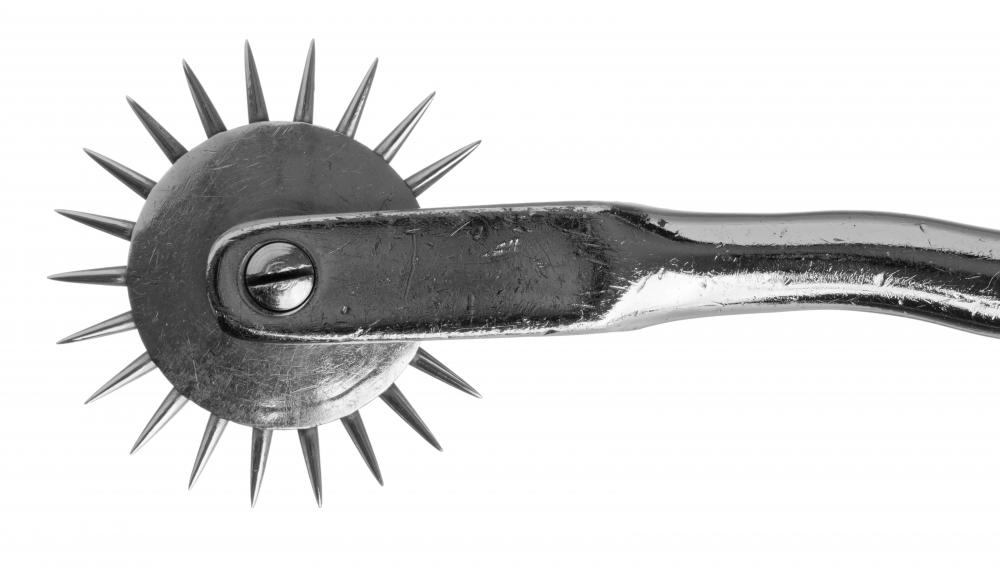At PracticalAdultInsights, we're committed to delivering accurate, trustworthy information. Our expert-authored content is rigorously fact-checked and sourced from credible authorities. Discover how we uphold the highest standards in providing you with reliable knowledge.
How Do I Become a Pediatric Neurologist?
An individual who wishes to become a pediatric neurologist must possess a bachelor’s degree, an M.D. degree and license, and five to six more years of advanced training in the subject through residencies and fellowships. When all of these requirements are met, physicians take examinations that lead to board certification. The path to this specialty is sometimes slightly different regionally, and may take shorter or longer times to complete.
Some people argue that high school is when the first steps in becoming a pediatric neurologist should be taken. High school students can better prepare themselves for college by getting strong grades. Taking advanced placement classes, especially in math and science, is also useful because these earn college credits. Since study in college must focus on advanced science topics, getting a few basic science requirements out of the way is a good idea. On the other hand, this step isn’t completely necessary, and students who were less directed in high school can catch up fairly quickly at the college level.

When individuals do begin their four-year degree, they are often concerned about the best majors for medical school. Students can choose pre-med, but any major is appropriate, provided that the student takes all classes required for medical school. These courses also prepare individuals to take the Medical College Admission Test (MCAT®) in junior or senior year. Admission to a good medical school depends on excellent grades and a strong MCAT® score.

In many regions, medical school is comprised of three years of study and a year of internship. The model in the United Kingdom is slightly different, and students must complete a six-year program that begins at the college entry level. Either way, individuals who want to be pediatric neurologists will need to perform well to meet the rigorous curriculum demands.

During the internship year of medical school, students may either focus on simply attaining an M.D. or they can decide to specialize. In most cases, the person wanting to become a pediatric neurologist applies to pediatric residency programs. Sometimes, individuals receive training in neurology, instead.
Completely finishing a residency usually isn’t important, which is a departure from other specialties like pediatric cardiology. Fellowships to become a pediatric neurologist generally require applicants to possess two years of pediatrics or a year each of pediatric and neurology training. Occasionally, applicants who are board-certified pediatricians or neurologists have a slight advantage in applying for fellowships, but this isn’t always the case.

The penultimate step to become a pediatric neurologist is to successfully finish a fellowship in this area. This takes approximately three years to complete. The final task is applying to boards, taking examinations, and receiving certification to practice as a licensed doctor in this specialty. It ordinarily takes at least 13 years to accomplish this goal, counting undergraduate studies, and the path can be difficult. Successfully completing it, though, allows individuals to practice in an important and challenging area of medicine.
AS FEATURED ON:
AS FEATURED ON:
















Discuss this Article
Post your comments